Figures & data
Figure 1. Subdoligranulum is associated with Akkermansia muciniphila and correlates positively with a healthy metabolic status
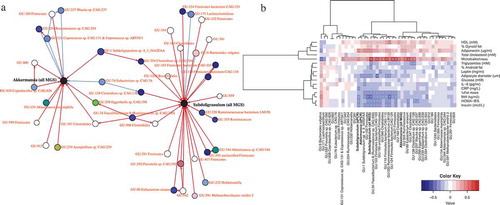
Figure 2. Impact of Subdoligranulum variabile supplementation on the prevention of diet-induced obesity in mice
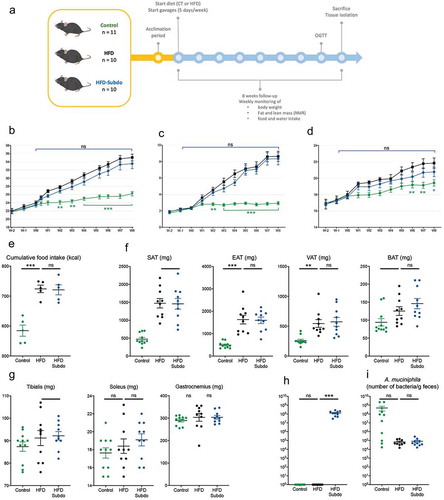
Figure 3. Subdoligranulum variabile supplementation does not impact on glucose metabolism
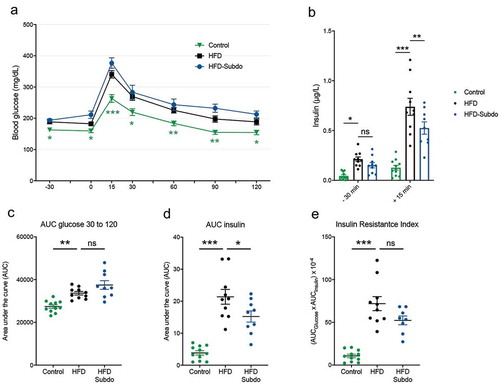
Figure 4. Subdoligranulum variabile supplementation does not impact on lipid metabolism
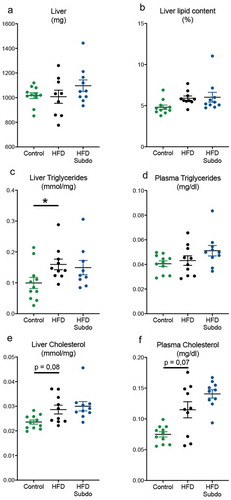
Figure 5. Subdoligranulum variabile supplementation does not impact on short-chain fatty acids or gut barrier
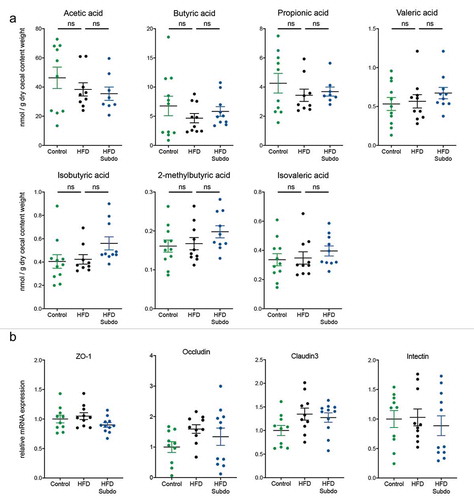
Table 1. Primers used for the qPCR
